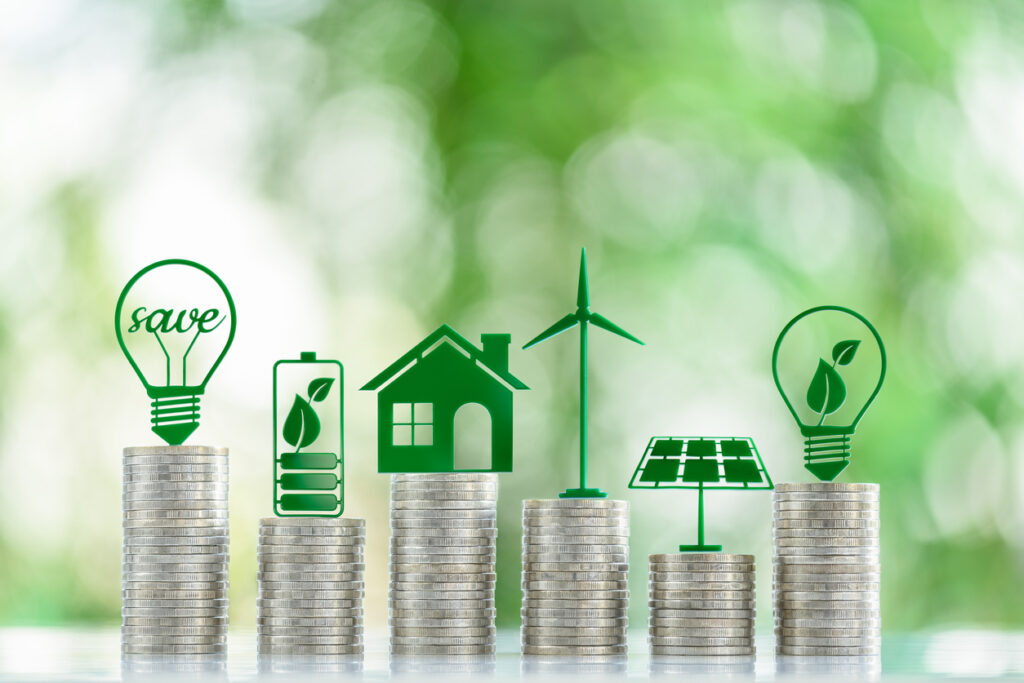Source Advisors provides Investment Tax Credits & Production Tax Credits services that work together to lower the costs of installing and operating new clean energy power sources. These tax credits are intended to encourage more investments in clean energy systems over the next few years.
45L Energy Consulting Form
"*" indicates required fields
ITC is a federal tax incentive in the United States designed to encourage investment in specific sectors by reducing tax liability for businesses that invest in qualifying property or projects. This tax credit is commonly used to incentivize renewable energy, energy efficiency, and certain types of infrastructure projects.
The Investment Tax Credit is a powerful financial incentive for businesses and individuals to invest in renewable energy, affordable housing, and infrastructure projects. By linking enhanced credit rates to labor standards like prevailing wages, policymakers aim to ensure fair wages for workers while promoting sustainable and equitable economic growth.

Businesses
First, ensure that the property meets all the specific requirements for the type of technology being used and that it falls within the installation periods specified by the law.
Nonprofits
Homeowners
The Section 48 tax credit, often referred to in the context of U.S. tax law, is a federal incentive that provides a credit for investments in certain energy projects, particularly those involving renewable energy. This credit is a part of the broader Investment Tax Credit (ITC), designed to encourage private investment into renewable energy technologies.

Properties that typically qualify for the Section 48 tax credit include:

To claim the Section 48 tax credit, property owners or investors should follow these steps:
Ensure Eligibility
First, ensure that the property meets all the specific requirements for the type of technology being used and that it falls within the installation periods specified by the law.
Certification and Documentation
Tax Filing
The Production Tax Credits (PTC) is a government incentive designed to encourage the production of renewable energy.
For example, your company produces clean energy such as wind or solar power. For every unit of energy you produce, the government gives you a tax break. This helps reduce your overall taxes and makes it less expensive for you to produce clean energy.
The goal of the PTC is to make renewable energy projects more financially attractive, encouraging companies to build more wind turbines, solar panels, or other renewable energy systems, and ultimately helping reduce reliance on fossil fuels.
§45
Applies to energy generated from wind, solar, geothermal, biomass, and other qualifying sources.
§45Q
Provides tax incentives for projects that capture and store carbon dioxide, reducing greenhouse gas emissions.
§45U
Supports the production of electricity from nuclear facilities that meet zero-emission standards.
§45V
Encourages the production of clean hydrogen, which is increasingly used as an alternative energy source in industrial applications.
§45X
Rewards companies that manufacture critical components for renewable energy technologies, such as solar panels and wind turbines.
§45Y
A broader credit for clean electricity production, regardless of the specific technology used, provided it meets emissions requirements.
§45Z
Incentivizes the production of clean fuels such as biodiesel, renewable diesel, and sustainable aviation fuel.
§45
Applies to energy generated from wind, solar, geothermal, biomass, and other qualifying sources.
§45Q
Provides tax incentives for projects that capture and store carbon dioxide, reducing greenhouse gas emissions.
§45U
Supports the production of electricity from nuclear facilities that meet zero-emission standards.
§45V
Encourages the production of clean hydrogen, which is increasingly used as an alternative energy source in industrial applications.
§45X
Rewards companies that manufacture critical components for renewable energy technologies, such as solar panels and wind turbines.
§45Y
A broader credit for clean electricity production, regardless of the specific technology used, provided it meets emissions requirements.
§45Z
Incentivizes the production of clean fuels such as biodiesel, renewable diesel, and sustainable aviation fuel.